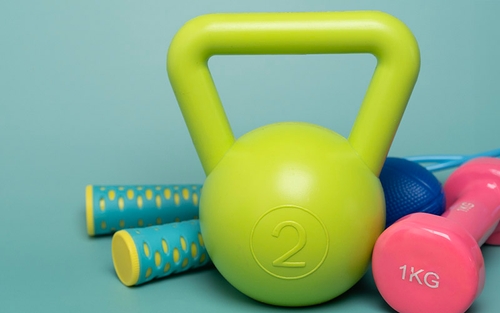Estimated reading time: 2 minutes
One of the key components of being a healthy truck driver is taking good care of your back. With sitting being such a big part of a truck driver’s day, it’s essential to take the right precautions.
Luckily, there are many ways to prevent back pain and improve overall health while on the road. Consider adding these ten tips to prevent truck driver back pain from getting started.
10 tips for truck driver back pain relief
Tips for finding the right driving position
Adjusting your seat to properly fit your body is one of the simplest and most effective ways to prevent lower back pain while driving. The position of your seat can significantly impact your posture, comfort and spinal health.
Here are five things to consider when setting up your seat:
- Pick the right seat height: Set it so both feet are flat on the floor and your hips and knees are bent about 90 degrees. The proper seat height provides much-needed support and prevents slouching.
- Adjust your seat back angle: Adjust the seat back angle fully upright, close to vertical. Your target line of sight should be one-third of the windshield height. Also, inflate the lumbar support to fill the curve of your lower back. This is critical to prevent unnecessary strain on your back.
- Choose the proper seat depth: Make sure your thigh is fully supported with 2 to 3 inches of space between the back of your knee and the front edge of the seat. This allows for even weight distribution and optimal blood flow into your legs.
- Use your seat slide: Adjust the seat close enough to reach the gas and brake pedals without lifting your hip or back away from the seat.
- Use your oscillator and dampener: Use these features to enable the air ride function and reduce force to your spine.
Tips for using proper body mechanics
To prevent a back injury, use these tips when performing tasks such as pulling the fifth wheel or tandems, cranking the landing gear or doing any work that involves lifting, pushing or pulling:
- Use a wide or staggered stance: Think of an athlete’s stance - ready and stable.
- Work in your power zone: This is the area close to your body between your shoulders and thighs. You are the most powerful and safest in this zone.
- Brace your core: Lock in your abdominal and shoulder blade muscles to provide power and protect from injury.
- Maintain the natural curve of your spine: Avoid working in slumped or bent-over postures, which increase the risk of a back injury.
- Bend with your hips and knees: Use your mobility in these joints to protect your back.






